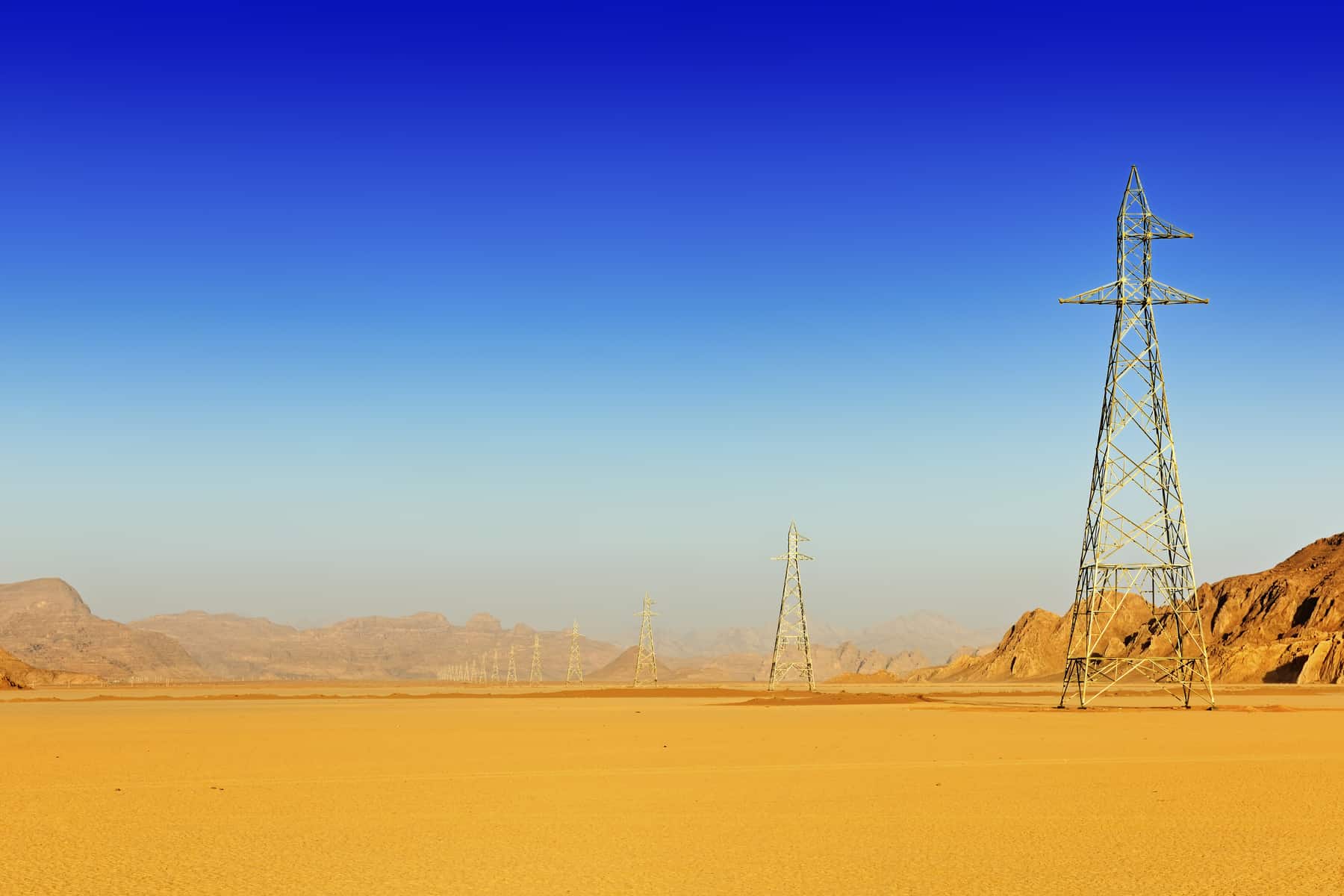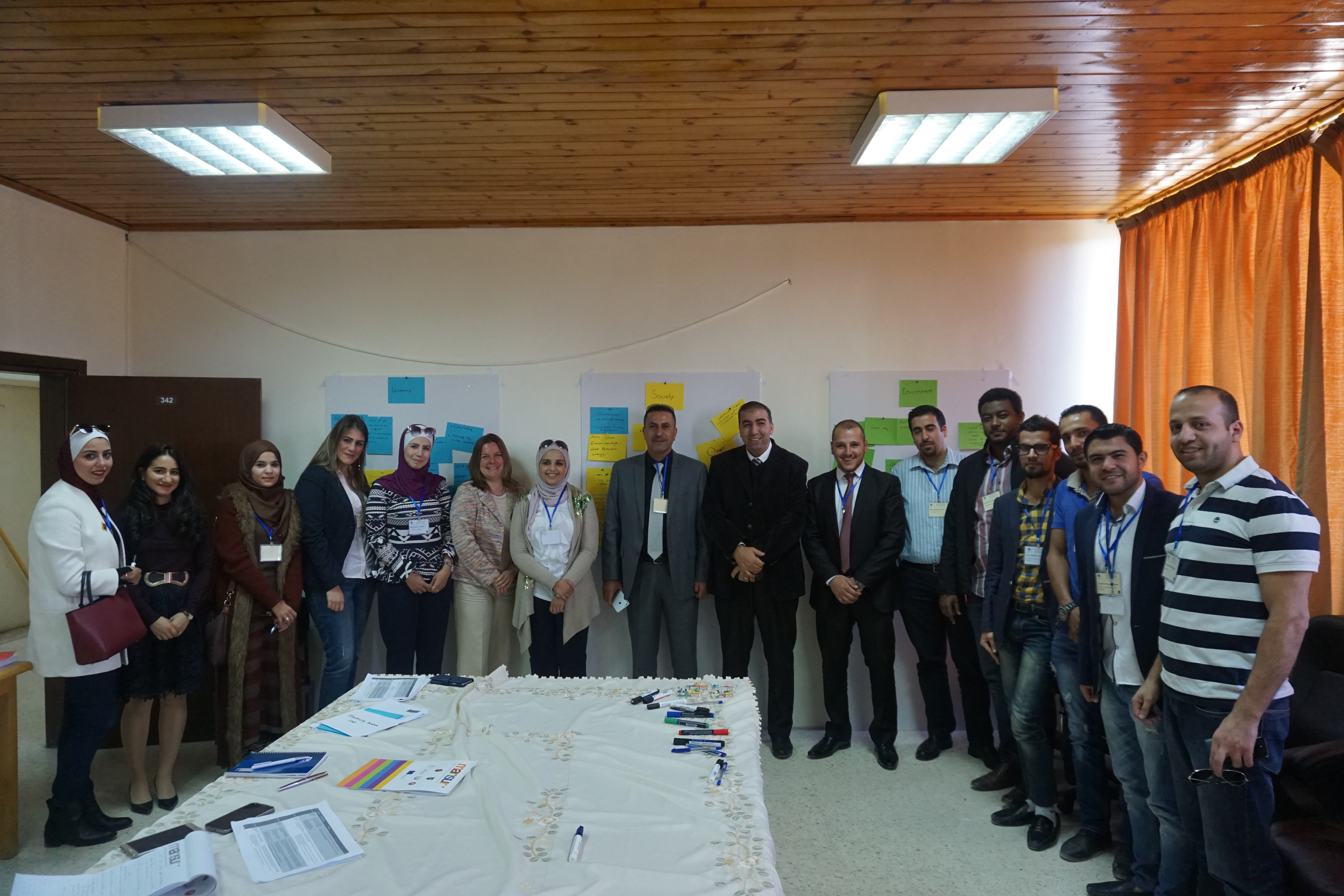By Nadejda Komendantova, IIASA Risk and Resilience Program
A transition to new energy sources—whether renewable, nuclear, or shale—does not just depend on technical availability and economic feasibility. In order for new projects to succeed, human factors, such as public and social acceptance, and willingness to use technology or to pay for it, are essential but often overlooked. It is important to understand these factors, because differences in views and perceptions of technology risks, benefits, and costs might lead to conflicts that could threaten the success of new projects.
Conflicts often appear between two or more parties with incompatible goals, different interests, or different risk perceptions, which can develop into either cooperation or conflict. For example, public opposition can lead to cancellation or delay of a planned project, and differences in views and risk perceptions can result in conflicts among different stakeholder groups. At the same time, if policymakers take into account this heterogeneity of views, the knowledge on the ground can lead to a better implementation of energy projects with more benefits for society and a smaller impact on the environment and hosting communities.

Row of high voltage pylons in the desert of Wadi Rum, Jordan ©Pierre Brumder | Adobe Stock Photo
An energy transition is currently taking place in the Middle East and North Africa. The region faces a number of challenges such as rising energy demand, unstable energy imports, increasing pressure on environmental resources, expectations of socioeconomic development, and political transformation. Morocco, Jordan, Tunisia, and other countries in the region are discussing new electricity infrastructure. Although large-scale deployment of renewable energy sources receives political support in this discussion, fossil fuels, and new emerging technologies such as shale oil and nuclear power are two prominent alternatives in the countries’ national development plans.
For this energy transition to succeed, policymakers in the region must adopt an adaptive and inclusive governance approach, which addresses possible risks, benefits, challenges, and socio-ecological shifts. In order to find compromise solutions, this approach should be based on an understanding of the positions of each stakeholder group involved in the project planning and affected by its implementation.
To understand these potential conflicts, a group of IIASA Risk and Resilience Program researchers, including myself, Jenan Irshaid, Love Ekenberg and Joanne Bayer, are conducting a series of six stakeholder workshops in Jordan. Each of the workshops targets different stakeholder groups such as local communities, NGOs, financial institutions, project developers, private companies, academia, young leaders, and national policymakers, including ministries of public works, of water and irrigation, energy and mineral resources, and municipal affairs. The goal of these workshops is to understand how different groups of stakeholders see risks and benefits of different electricity generation technologies, including renewables, fossil fuels, and nuclear, as well as views and visions of different stakeholders of Jordan in 2040 in terms of the social, environmental, and economic situation.
In our research we go beyond the existing discussion on social acceptance as a proxy of a Not-in-My-Back-Yard (NIMBY) attitude. NIMBY is often a misleading concept to understand local objections, because it is frequently understood as some kind of “social gap” between the need of policy intervention, settled at the national level, and the hostility towards its deployment at the local level. The NIMBY concept often includes skepticism of different stakeholder groups towards positions of the others. Also the term “acceptance” towards technology or infrastructure innovation often means a passive position towards something that cannot be changed. In contrary, willingness to use technology or to participate financially means a more active position.
In recent research, we discuss the usefulness of a model that we call “decide-announce-defend” (DAD), and try to understand how integration of various views and risk perceptions can lead to enhanced legitimacy of decision-making processes and trust. To understand the trade-offs between benefits of national energy goals and conflict sensitivity, we evaluated each electricity generation technology that could be relevant for Jordan against a set of criteria, including domestic value chain integration, use of domestic resources, technology and knowledge transfer, global warming potential, electricity system costs, job creation processes, pressure on land and water resources as well as safety, air pollution and non-emission waste.

Participants in the workshop. ©Nadejda Komendantova | IIASA
The workshops are organized in collaboration with the University of Jordan as part of the Middle East North African Sustainable Electricity Trajectories (MENA Select) project, which is supported by the German Federal Ministry for Economic Cooperation and Development (BMZ) and involves following partners: Bonn International Center for Conversion (BICC), University of Flensburg, Germanwatch, Wuppertal Institute and IIASA as well as a number of partners in the MENA region, such as MENARES, University of Jordan, and DUN.
Further information
Ekenberg, L., Hansson, K., Danielson, M., Cars, G., (2017) Deliberation, Representation and Equity: Research Approaches, Tools and Algorithms for Participatory Processes, Open Book Publishers, 2017.
Komendantova, N., and Battaglini, A., (2016). Beyond Decide-Announce-Defend (DAD) and Not-in-My-Backyard (NIMBY) models? Addressing the social and public acceptance of electric transmission lines in Germany. Energy Research and Social Science, 22. Pp.224-231.
Linnerooth-Bayer, J., Scolobig, A., Ferlisi, S., Cascini, L. and Thompson, M. (2016) Expert engagement in participatory processes: translating stakeholder discourses into policy options. Natural Hazards, 81 (S1). pp. 69-88. http://pure.iiasa.ac.at/view/iiasa/182.html
Yazdanpanah, M., Komendantova, N., Linnerooth-Bayer, J., Shirazi, Z., (2015). “Green or In Between? Examining Young Adults’ Perceptions of Renewable Energy in Iran”. Energy Research and Social Science 8 (2015), 78-85
Note: This article gives the views of the author, and not the position of the Nexus blog, nor of the International Institute for Applied Systems Analysis.

You must be logged in to post a comment.